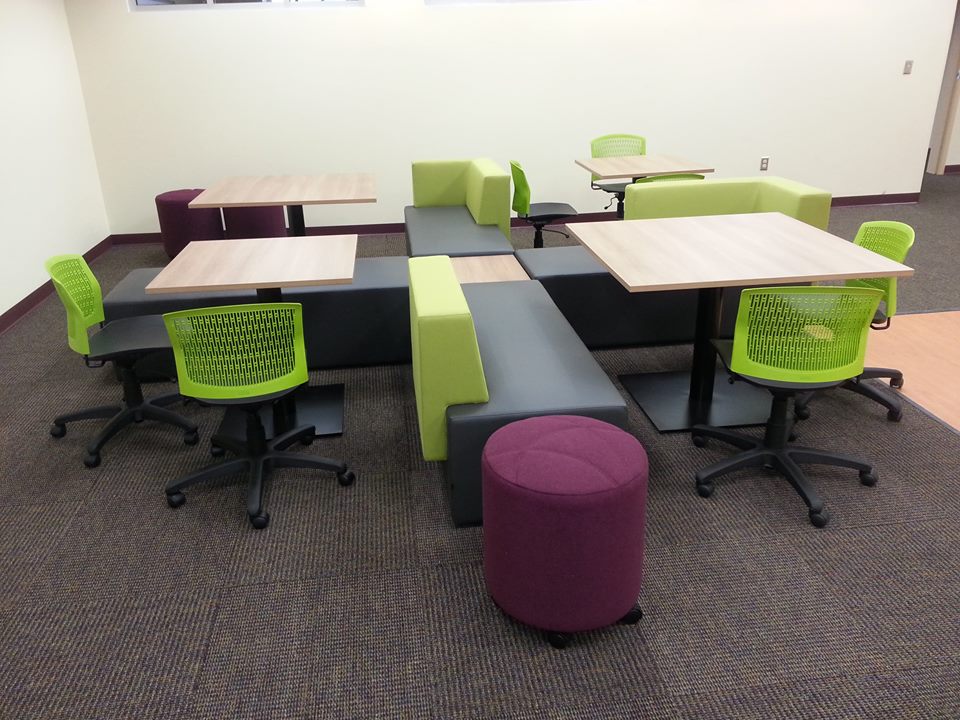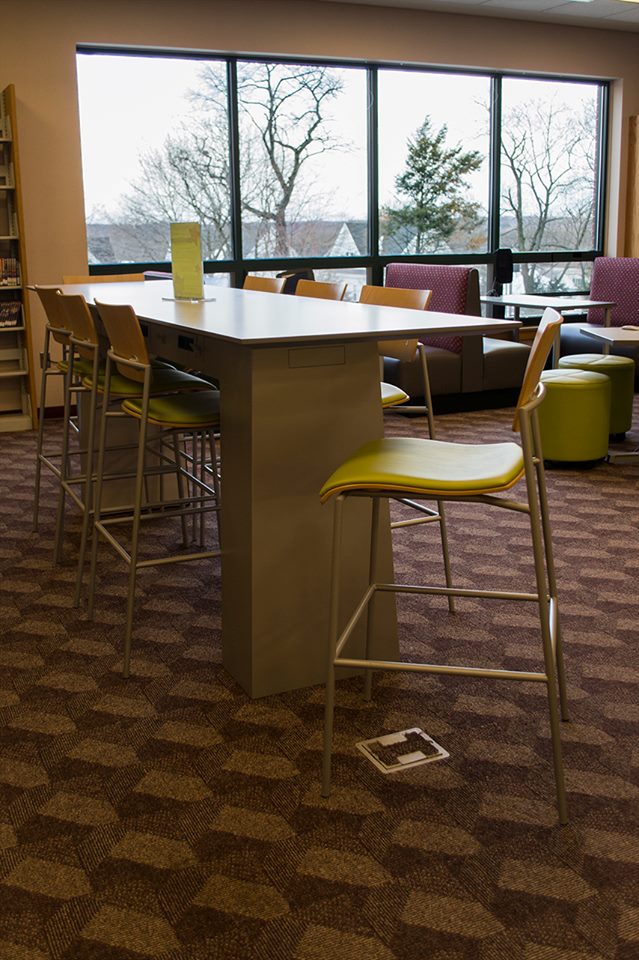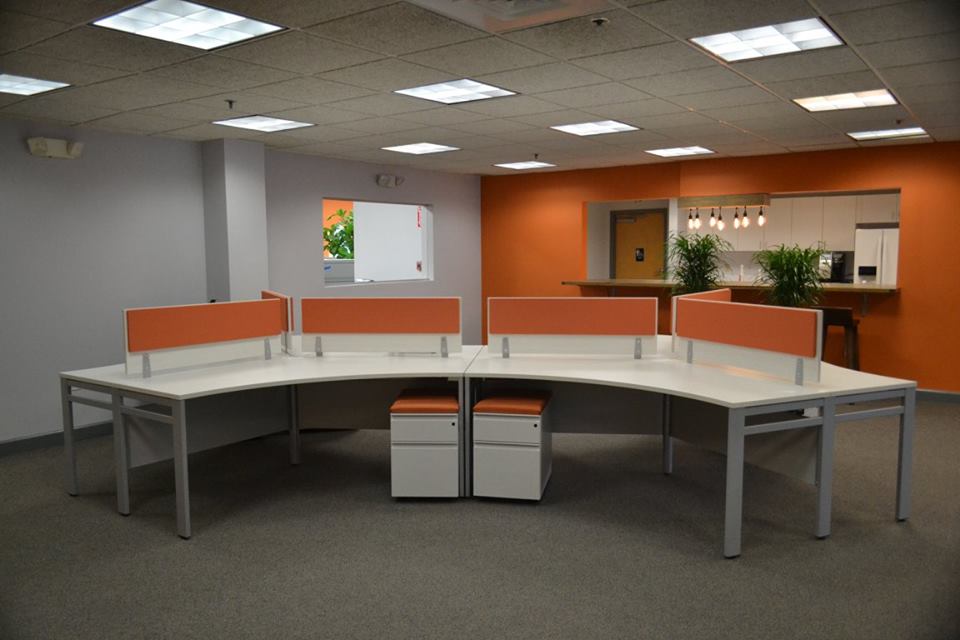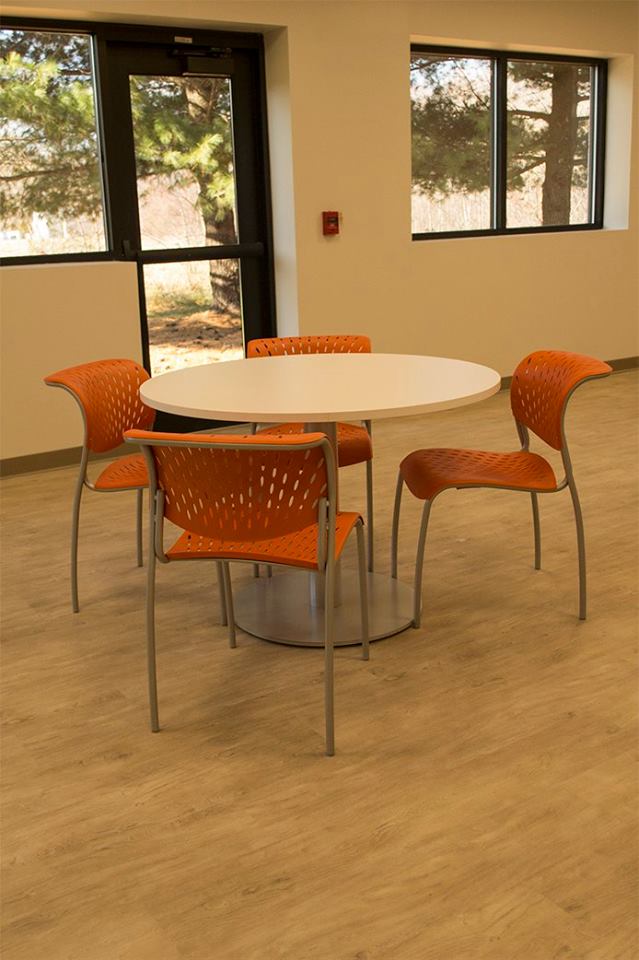 “I just stare at my desk, but it looks like I’m working. I do that for probably another hour after lunch too; I’d say in a given week, I probably only do about 15 minutes of real, actual, work.”
“I just stare at my desk, but it looks like I’m working. I do that for probably another hour after lunch too; I’d say in a given week, I probably only do about 15 minutes of real, actual, work.”
Let’s be honest. Many of us can relate to Peter Gibbons description of his job in the 1999 classic “Office Space.” From vexing printers to coveted staplers, this satirical depiction of the malaise of the daily grind resonates with anyone who has ever done a stint in cubicle land.
But that was 1999. Office space has come a long way since then. In stark contrast to Gibbons, today’s work space is designed to foster well-being and motivate employees. Wayne LaSalle, vice president of Norwalk, Conn.-based Real Integrated Systems, has built his company around this very credo.
“The primary goal when designing today’s office is to enhance employee performance,” says LaSalle whose firm handles work space design for a diverse array of clients, such as healthcare, educational and government facilities. “A sideline benefit to this is that we are improving their overall health and wellness. We take into account ergonomics, economics—in other words, the client’s budget—and how each department and individual processes workflow.”
As opposed to Gibbons’ Initech, today’s organizations are focused on an interactive work environment, even when privacy is needed. “Everyone still needs personal privacy, but they want lower walls for more interaction and the natural light, so they’ve been reduced from 66-in. to 50-in. high, or we use mobile screens to create privacy as well,” LaSalle explains. “Areas for ideation or collaboration are very important, too—more important than the traditional conference table, which has become too formal.”
Technology advancements are also reshaping modern office design. Smaller computers have made room for two monitors and the migration from phone to email for communicating means less cumbersome phone systems. “Wifi and the ability to communicate without wires is huge,” says LaSalle. “Conference rooms used to require USB/VGA/projectors, drop-down screens and power—now all they need is an iPad and an Apple TV.”
Work-space design plays a key role in an organization’s efforts to find and keep good employees—or students, as is the case for David Cote, executive director of Facilities Planning and Operations at Connecticut’s University of Bridgeport (UB). LaSalle recently worked on a redesign of key areas at UB, such as the Trefz School of Business, and parts of the Health Science Building, including a Naturopathic Clinic.
“Recruitment and retention is extremely important in the field of higher education,” says Cote. “Updating our facilities is critical to boosting enrollment in this increasingly competitive environment.”
The bottom line is that organizations that design their space with employees as the priority will reap the rewards in terms of productivity and profitability. “Healthy, collaborative and flexible companies are the ones that are thriving now,” LaSalle explains. “Those that embrace technology and understand the external demands on their employees and, therefore, offer them the flexibility to work remotely, are the ones that are succeeding. There has to be a balance among areas where independent work can be done, collaborative spaces where employees can meet to discuss solutions, and touch-down areas where transient employees can work without taking up space in conference rooms or ideation areas.”
Take a look at some of Real Integrated Systems’ creations and get inspired to make positive changes in your own workplace. Peter Gibbons would definitely approve.

Style meets function at the Wallingford Library where visitors can plug into this comfy work station.










You missed the art part. The bland bare walls shown cry out for inspiring artwork that would complete the desired state when going into your work spaces.